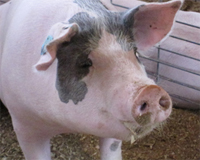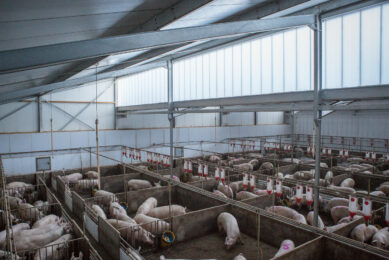BPEX – Real welfare indicators for pigs

Producers will soon have a way of demonstrating real pig welfare using science-based assessment methods. BPEX is leading a major research project to develop a system of assessing pig welfare using welfare outcomes as indicators. Along with the current welfare ‘inputs’, such as stocking density and pen enrichment, producers will be able to demonstrate welfare from the pig’s perspective.
Lameness, tail lesions, body lesions, hospitalisation and enrichment use were identified as suitable indicators of finisher pigs’ wellbeing in pilot trials by BPEX and the University of Bristol. Sows will also be assessed for body condition score, shoulder and vulva lesions.
These indicators will provide a starting point for vets and producers to discuss whether there are any aspects of the pigs’ environment or management that could be changed to further improve welfare and productivity.
The project aims to establish benchmarks for real pig welfare that work across all types of production system. Around 20 pig vets will make assessments on 180 commercial pig farms, starting early next year. A total of 360 farm visits will be made to gather the information required over time.
BPEX head of research and development Dr Mike Varley said: “Importantly, the project will provide an objective means of demonstrating that producers are good ‘welfarists’, instead of being judged on type or size of unit or the perception that one production system is better than another.”
“Plus, it will provide a valuable tool to help inform management decisions on farm.”
Vets are currently working with BPEX to prepare for the assessments and make sure they all carry them out in the same way, according to clear protocols.
Welfare will be evaluated during vets’ routine quarterly farm visits, to build up a set of anonymous data and start to identify typical values to benchmark welfare. The assessments will cover finishing pigs in straw and non-straw systems as well as indoor and outdoor breeding sow systems.
Source: BPEX











